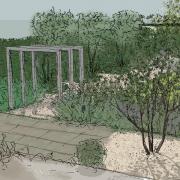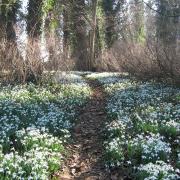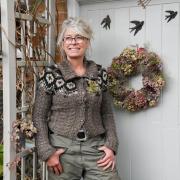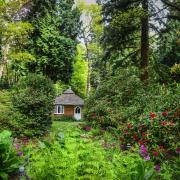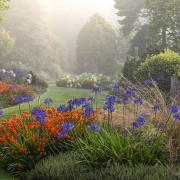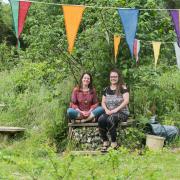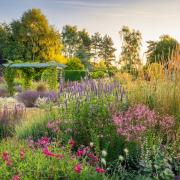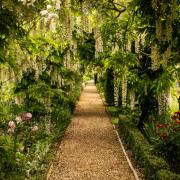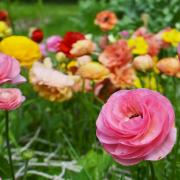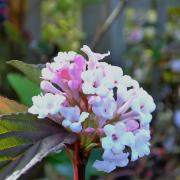Taverham Nursery Centre’s expert plantsman Keith Clouting’s autumn advice

Some of the most colourful perennials for late summer colour are Symphyotrichum, formally known as asters. This group of plants, also commonly known as Michaelmas daisies, flower from the end of July through late summer and autumn.
An attractive dwarf variety is S.novae-angliae ‘Purple Dome’ which produces masses of deep purple daisy-like flowers with yellow centres on a plant around 60cm tall and wide. Like all Michaelmas daisies it’s a great source of nectar for butterflies and bees in late summer.
A fabulous taller variety is S.novae-angliae ‘Barr’s Blue’ which flowers from early September well into the autumn. Its violet-blue flowers, borne on 180cm stems, really glow in the late summer light. It’s well worth its space but best grown behind smaller perennials to hide its long stems which are often bare at the bottom.
A novi-belgii variety worth trying is ‘Crimson Brocade’. Growing to around 60-90cm, it has dazzling magenta-red flowers with a yellow centre which are excellent for cutting and long-lasting. Disease-wise novi-belgii varieties can be prone to mildew on dry soil or where air circulation is poor.

One of the longest flowering is Aster x frikartii ‘Mönch’ which produces 8cm across lavender-blue flowers from August to late autumn, it also has good disease resistance and needs no staking its only problem is that, unlike many of the other varieties, rabbits seem to love it as well. Michaelmas daisies thrive in full sun or partial shade in moist rich soil, pinch back stems before mid-summer to make a bushier plant with more flowers and divide every three years or so to maintain vigour,
Have you tried this Norfolk-made eco-fertiliser?

Plant of the month
Heliopsis helianthoides var. scabra ‘Summer Nights’
This hardy, long lived, low maintenance perennial was introduced in the USA in 2004. Growing to around 120cm, its dark burgundy-red stems and tinged leaves are topped with a profusion of deep golden yellow flowers with a mahogany brown centre; these are produced over a long period from throughout the summer and autumn. ‘Summer Nights’ grows best in a sunny position but will still perform in partial shade, it will grow well in any reasonably fertile garden soil, including clay, and is even tolerant of dry soils once established and will flower the first year from seed, a perfect perennial for the middle or back of the border.
Ask Keith
I adore heucheras but the golden ones l planted this year have all got brown edges to the leaves, also some of my older plants are getting bare at the bottom will I have to replace them?
Your golden and yellow-leaved heucheras prefer more shade as they are susceptible to scorch in sun, especially if the soil is dry. Move them to a shadier position next spring for better results; the darker varieties, however, have a better colour in a sunny position. Older leggy plants can be lifted in spring and replanted to the level where the leaves are growing to make a more compact plant.
Catch up with Keith
Greenhouse shading can be removed at the end of the month to allow maximum light in throughout the duller autumn and winter months.
Deadhead dahlias and other late-flowering plants to keep the show going until the first frosts.
This is the last chance to sow crops such as radish, salad leaves and herbs to get a crop before winter.
Strawberry runners can be planted now for a crop next summer.





